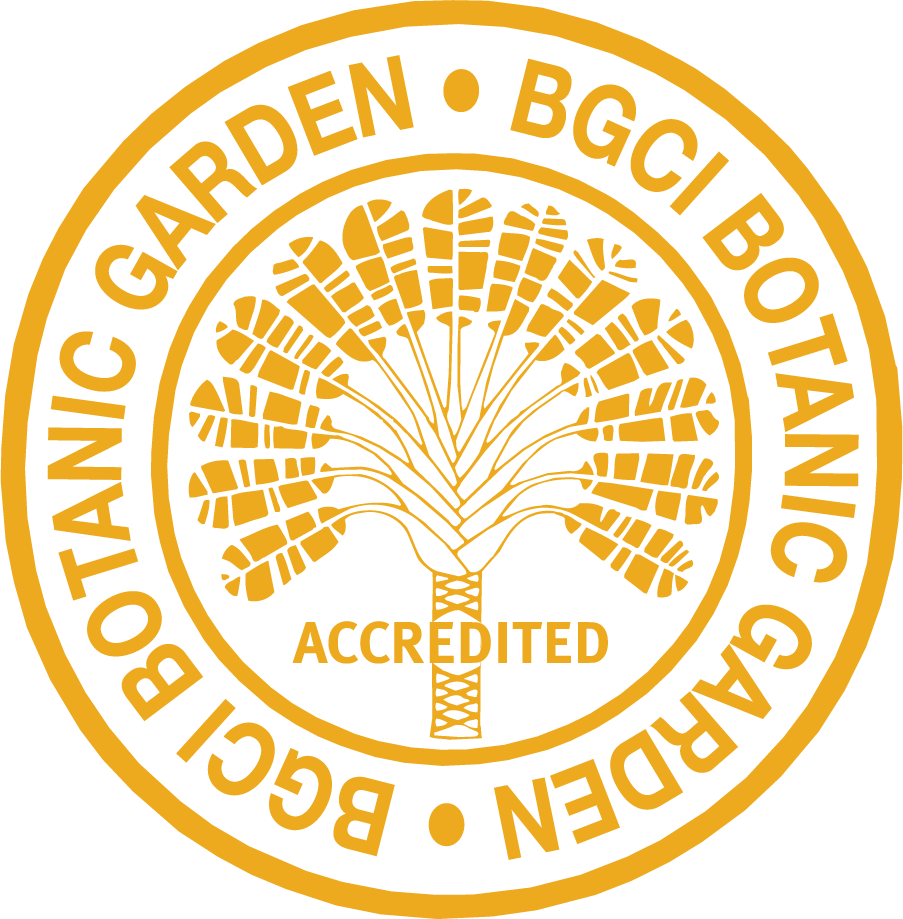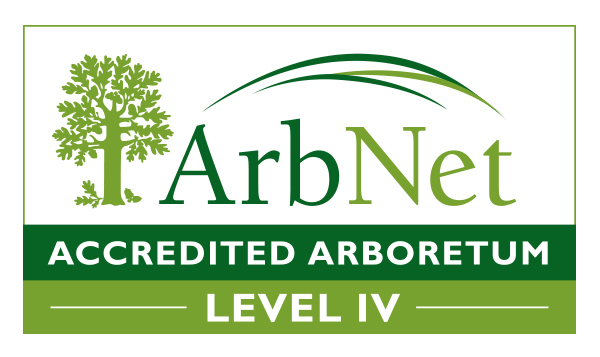This unique and rare Carolinian species is always a treasure to find in Ontario, where only scattered populations remain in southern forests, due to extensive deforestation. The large berries (4-16cm) produced by the Pawpaw have a yellow-orange flesh, and are hard to find when ripe due to their popularity amongst many types of animals! They are also edible to humans, although their flavour is said to become less palatable farther north. The species name triloba refers to the petals and sepals, which are in groups of three.
Fruit yellow to dark brown, edible with sweet banana-like flavor and soft texture. The Pawpaw fruit ripens in autumn after leaf fall.
The leaves have a narrow point, straight parallel veins and a paler green underside.
Pawpaw flowers have a distinct odour, often likened to that of rotting meat. Combined with the dark brown color of the petals, the Pawpaw flower is uniquely adapted to attracting flies as pollinators, which mistake the brown flowers for decomposing organic matter!

Ontario Tree Atlas map of non-planted Pawpaw. 1995-1999.
Return to tree listing page [1]
References
Farrar, J.L.. 1995. Trees in Canada. Fitzhenry & Whiteside Ltd. Toronto. ON. 504 pp.
Kershaw, L. 2001. Trees in Ontario: Including tall shrubs. Lone Pine Publishing. Edmonton. AB. 240 pp
Muma, W. 2011. Ontario Trees and Shrubs. [Online] Available: www.ontariotrees.com
OMNR, 2011. Ontario Ministry of Natural Resources: Ontario Tree Atlas. [Online] Available: http://www.mnr.gov.on.ca/en/Business/ClimateChange/2ColumnSubPage/267027.html
OMNR, 2008. Ontario’s Biodiversity: Species at Risk.

